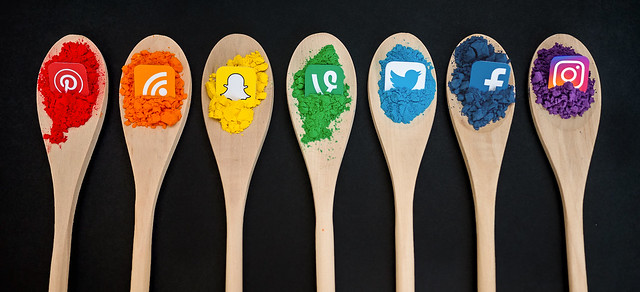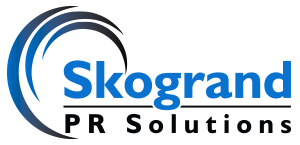
https://howtostartablogonline.net/ via Flickr cc
Social media has become a necessary tactic for brands to market themselves to their audience. However, with so many platforms, it is difficult to know which platform your brand should focus on to reach a specific audience. In addition to this, specific features within platforms can be beneficial to different users.
Facebook, Twitter and Instagram are among the most popular platforms; Facebook and Instagram have over one billion users and Twitter has nearly 330 million users, according to buffer.com in 2018. This being said, coming up with an effective social media strategy could allow your brand to gain exposure to a wide variety of users.
Facebook:
Facebook is an easy-to-use site that allows companies to make their own page for their business, where videos, photos and written content can be posted. Facebook is a popular choice for many businesses because it allows various forms of content, along with a large number of users and an easy way to engage with other users.
As for audiences, Facebook is generally versatile because of the wide range of users. Mavsocial.com reported that 81% of Facebook users are between 18-29 years old, 78% between 30-49, 65% between 50-64 and 41% 65 or older. These statistics show that a wide variety of ages can be reached through Facebook.
Twitter:
Twitter, like Facebook, allows photo, video and written content to be posted; however written content is only allowed for up to 280 characters. This makes it effective for brief statements or information; trending topics or updates are popular through Twitter. Within the written content, users can use hashtags to categorize the content they are posting. Users can also retweet or like tweets, making it show up on their own profile, and therefore having their followers view the content. The same study by mavsocial.com reported that the ages 18-29 are the largest group of Twitter users with over 50% of users, and the remaining ages all under 30% of users; percentage of users decreases as age increases.
Instagram:
Instagram is owned by Facebook but is solely used for photo and video content. Because of this, brands who offer a visual product or service will benefit. A study reported that over 50% of users follow at least one brand, making it an easy way to gain exposure to the audience you’re trying to target. From the mavsocial study, Instagram is similar to Facebook in terms of percentages of age groups. Sixty-four percent of users are between 18-29, 40% are 30-49, 21% are 50-64 and 10% are 65+.
Within both Facebook and Instagram, the option to post stories is available to all users, which serves a somewhat different purpose than a normal post. First, stories are “discoverable,” meaning that they can be seen by users outside of one’s followers. Second, stories are only uploaded for 24 hours, making them an efficient way to post quick announcements or promote an item.
Snapchat:
Snapchat is a somewhat new social media platform that is mainly for visual content. Users can send pictures and videos to each other and also post stories for their friends to view. Brands that use Snapchat can advertise themselves so it appears as a story to users. In addition to this, brands can also create their own account that users can subscribe to. This way, brands can post multiple things at a time and also see how many people are viewing their posts. Since this is a newer platform, it is most common around 18-24-year-olds but has over 300 million monthly users.
Pinterest:
Pinterest’s purpose is to inspire users since it is styled in a visual board structure. Users’ timelines are curated based on their search history and interests. For example, people can search for outfit inspiration, organizing tips or recipes. A large portion of users are female. Brands with specific products are able to create a post with tags that can be searched and attach a link that users can click to purchase. This buyable pin tool makes it simple for users to make purchases, meaning brands can be successful in sales on this platform.
LinkedIn:
In addition to using these platforms, one platform that all brands should be using is LinkedIn. LinkedIn’s purpose is to connect businesses and professionals with each other, making it the perfect place to spread your message or product. Compared to all other social media platforms, “LinkedIn posts and articles generate 15x more impressions than the job-related content,” according to mavsocial.com. It is necessary that brands research different social media platforms to determine where their campaign will be most effective. To learn more about the power of social media and how a campaign can be successful, click here.
